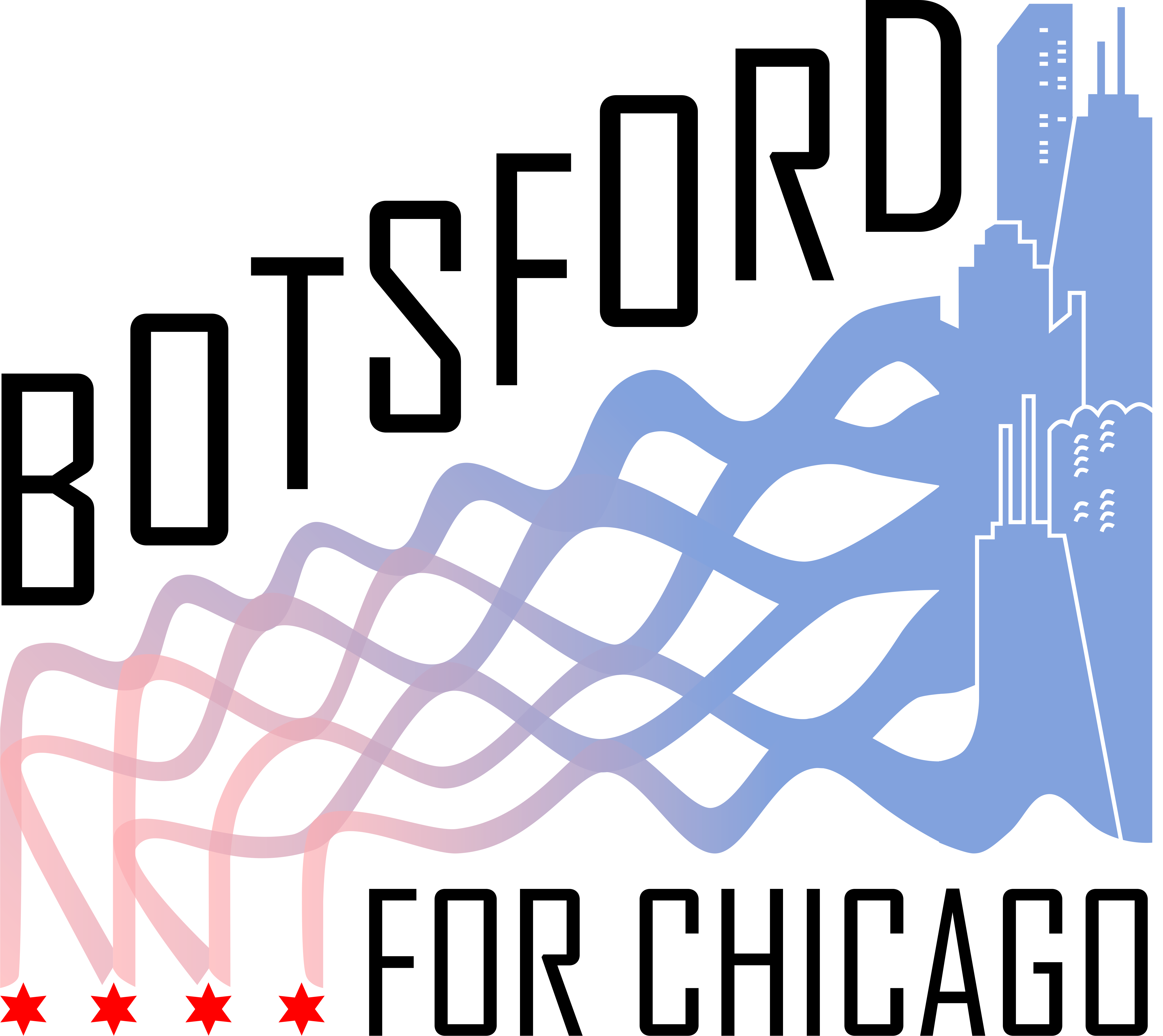Reorganize the bus system
Improving Chicago’s bus system is key to increasing public transit ridership and reducing traffic. Most cities design bus networks to maximize the number of routes and stops so that there is a close bus stop for you wherever you are in the city. To increase efficiency, we need to prioritize ridership. To make busing a preferable means of transportation, the city needs to increase the frequency of buses. If a bus arrives at a stop every 30 minutes, the cost of missing that bus is quite high, making the ride unattractive. Still, if we could ensure that buses arrive every 10 minutes, commuters would not be punished for missing a bus and could rely on the bussing system for more commutes.
If our goal is to cut wait times by a third with our current bus networks, we would have to triple our supply of buses which would be very costly and add to traffic congestion. Instead, we must prioritize high-frequency bus lines and eliminate our worst-performing bus lines. This will also include consolidating lines that move in similar directions to increase ridership, thus generating more revenue and allowing the city to invest in better and more buses to ease the wait times further. In addition to reshaping our bus networks, we should decrease the number of stops our buses need to take. This will allow for faster busing commute times, further incentivizing new riders to switch to the bus system. Research has shown that the ideal bus stop spacing is between 400-500 yards Link; while this would increase some walking for riders, it would result in much faster commute times overall.
More electric vehicle charging stations
Chicago needs to start investing in the infrastructure to combat climate change to facilitate a greener future. That includes electric busing and more adoption of solar energy, but there are gains we can make without spending taxpayer dollars. We need to remove barriers to electric car charging stations and allow private industry to make owning an electric vehicle in Chicago more feasible. More electric charging stations throughout the city means more electric cars on our road, leading to less pollution and less unwanted noise.


